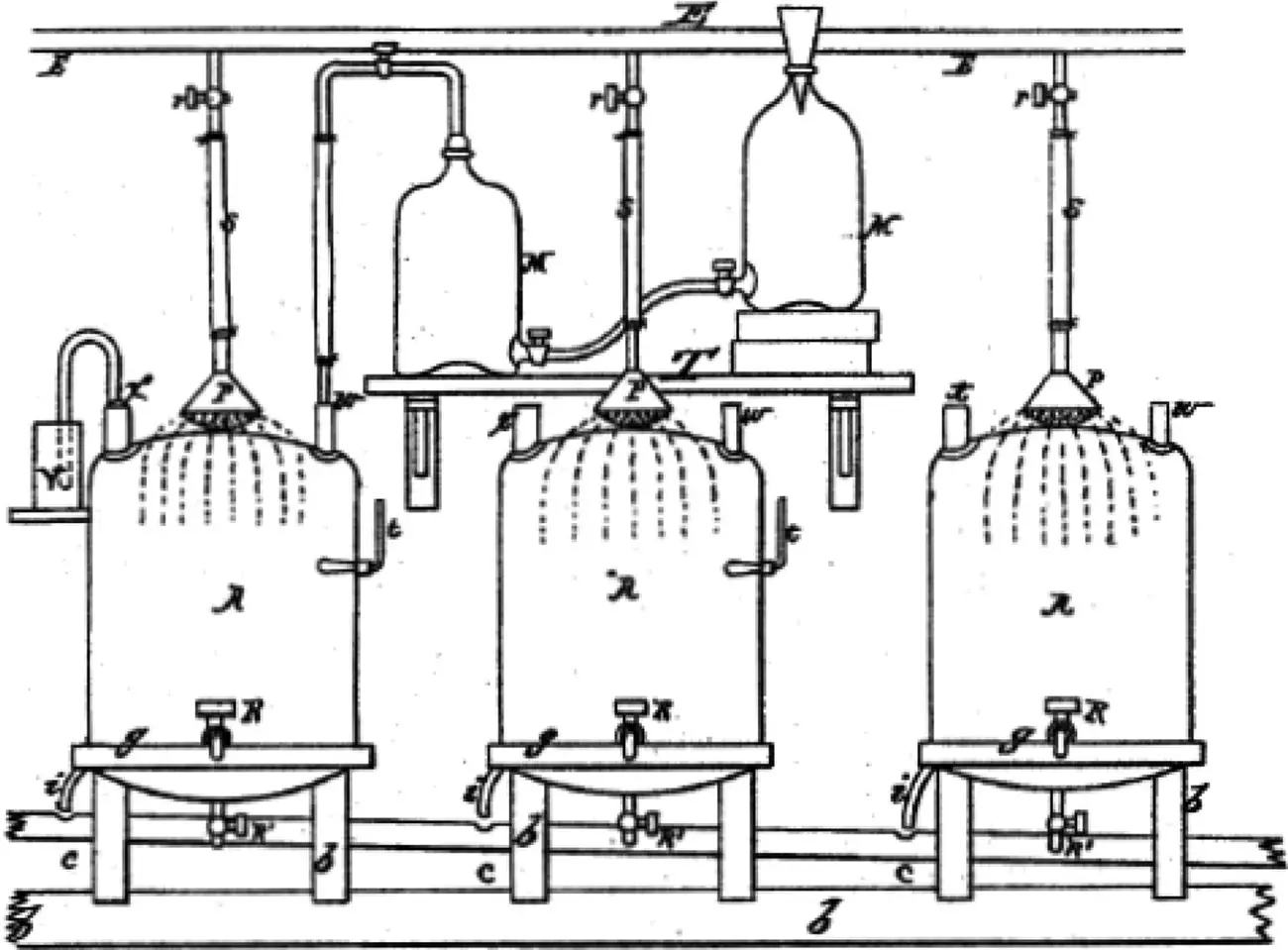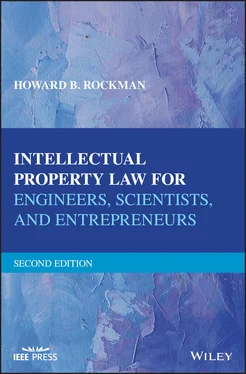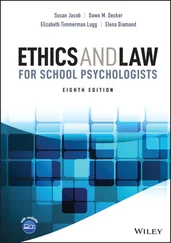The preceding example points out the fact that no structural or functional difference between your invention and the prior art may be ignored in determining questions of novelty and unobviousness. The differences may be slim; however, the subject matter as a whole may still be unobvious over the prior art to a person of ordinary skill in the relevant technology.
INVENTORS AND INVENTIONS
Louis Pasteur
PASTEURIZATION PROCESS

Throughout human history, physicians have struggled with the problem of determining what cause diseases. In the mid‐19th century, many people believed in Miasma, the concept that disease was caused by polluted air. However, the milestone work leading to understanding the causes of diseases was not made by a doctor, but by a chemist, Louis Pasteur. Pasteur destroyed the widely held myth of spontaneous generation as the cause of diseases, thus setting the direction for modern biochemistry and biology.
Louis Pasteur was born on December 27, 1822, in Dole, Jura, France, and grew up in the nearby town of Arbois. As a child, Pasteur showed an interest in chemistry, and the headmaster of the local college convinced Louis and his father that Louis should try to enter the École Normale Suprieure in Paris, a highly regarded French university specifically created to train students for university careers in science and the arts. Pasteur began his successful journey as a scientist in the École Normale.
When Pasteur was 26 years old, crystallography was a new branch of chemistry. One of his first projects while working at the École Normale was attempting the crystallization of tartaric acid, an organic acid that exists in the sediments of fermenting wine. A second acid, paratartaric acid or racemic acid, was also found in the sediment in wine barrels. At the time of the beginning of his studies, science had already determined that tartaric and paratartaric acids had identical chemical compositions; however, tartaric acid rotated a beam of polarized light passing through it to the right, and paratartaric acid did not rotate the light at all. Pasteur was determined to find out what caused this difference. Upon microscopic examination, Pasteur discovered that the paratartrate crystals comprised two types of optically asymmetric crystals, one being the mirror image of the other.
Pasteur then performed one of the more elegant procedures in the annals of chemistry experimentation. He separated the left and right paratartrate crystal shapes from each other with a dissecting needle to form two collections of crystals. When placed in solution, one form of the crystal rotated light to the left, the other to the right. This showed that organic molecules having the same chemical composition can have two different stereospecific forms. He concluded that this molecular asymmetry was one of the mechanisms of life, in that living organisms only produce molecules of one specific orientation, and these molecules are always optically active. He also found that fermenting solutions contained optically active compounds, which led him to surmise that fermentation was a biological process performed by microorganisms, or germs. This hypothesis, designated the germ theory, was used by Pasteur as a foundation for his experiments that positively demonstrated the existence of microorganisms and their effect in the fermentation process. The germ theory was the basis of his work in the large‐scale brewing of beer and wine, the pasteurization of milk, antiseptic operations on humans, and in curing contagious diseases since he also discovered that the blood of diseased humans contained increased amounts of germs. He, and later other scientists, discovered that manipulation of infection agents in test tubes could be used to immunize humans and animals against diseases caused by germs.
Pasteur later began teaching at Strasbourg University, where his studies on molecular asymmetry continued. While at Strasbourg, Pasteur married the university rector’s daughter, Marie Laurent, with whom he spent the rest of his life. In 1854, Pasteur became Dean and Professor of Chemistry at the Faculty of Sciences in Lille, France. This was a blue‐collar town, with numerous factories and distilleries. The Minister of Public Instruction of Lille encouraged the university faculty to conduct work and studies that would assist the industries of the surrounding countryside.
Pasteur took this advice to heart, taking his students on tours of the local factories and advising managers of his availability to help solve their problems. Thus, in 1856, M. Bigot, the father of one of his chemistry students, called upon Pasteur to help overcome problems in the manufacture of alcohol by fermentation of beetroot. Bigot’s problem was that his fermentations, instead of producing alcohol, yielded lactic acid.
At that point in time, chemistry was just starting to take root as a true scientific discipline, wrenching itself from the work of the alchemist. The chemical processes involved in living animals were slowly being discovered, and the chemist Lavoisier had showed, among other things, that sugar, the initial product of the fermentation process, could be broken down into alcohol, CO 2, and H 2O by placing a sugar solution on a heated plate of platinum. In addition, Wöhler had amazed the scientific community by synthesizing urea, demonstrating for the first time that organic compounds, previously believed only to be synthesized by living animals, could be produced in a test tube. Pasteur’s previous work on crystals also led to the routine discovery of the internal structure and analysis of complex organic compounds.
Given this environment in 1856, fermentation, which was used in the production of wine, beer, and vinegar, was thought to be a process involving the chemical breakdown of sugar into the desired molecules based upon the existence of destabilizing vibrations in the molecules. It was known at the time that yeast cells existed in the fermenting vats of wine, and had been recognized as living organisms, but they were believed to be a product of fermentation or catalytic agents that infuse the ingredients that allow fermentation to take place. Ridicule befell those few biologists who had concluded that yeast was the cause of, and not the result of, fermentation. Also, at that time, the scientists of the community were not providing much assistance to the wine, beer, and vinegar producers, who were facing serious economic downturns directly related to the fermentation processes. Yields of alcohol fell off, wine grew sour or turned to vinegar, and vinegar, when desired, ended up as lactic acid instead. Most importantly, the quality and taste of beer was prone to change from vat to vat, making quality control impossible.
Into this world came Louis Pasteur, entering Mr. Bigot’s factory with his microscope. Pasteur found that when alcohol was produced normally, the yeast cells were plump. However, when lactic acid would form instead of alcohol, rod‐like microbes were mixed with the yeast cells. He also found that amyl alcohol and other complex organic compounds were formed during the fermentation process, which could not be explained by the simple catalytic breakdown of sugar shown by Lavoisier. Pasteur concluded that some additional processes must be involved. Also, based on his earlier work on crystallography, he found that some of the compounds rotated light, and were, therefore, asymmetric. His early work had shown that only living cells produced asymmetrical compounds, and thus he extrapolated his findings to determine that living cells—yeast—were forming the alcohol from sugar, and that other microorganisms contaminated the fermentation, and turned the fermentation sour.
Читать дальше













